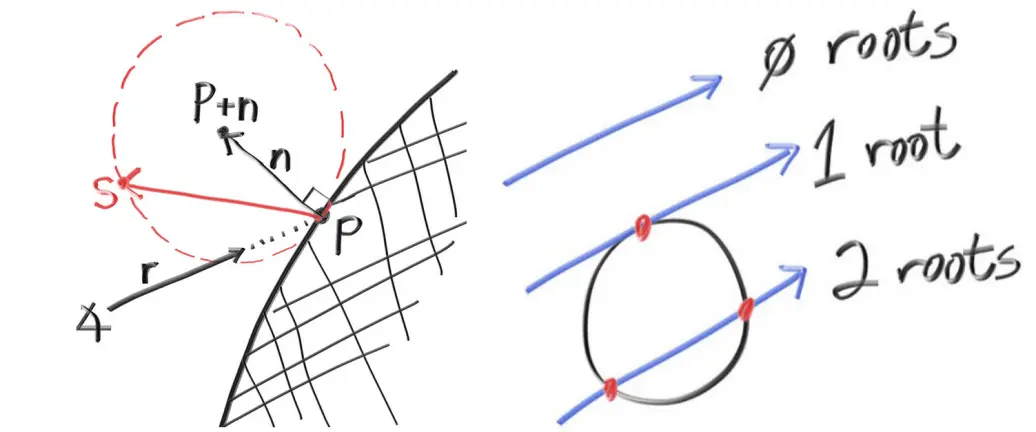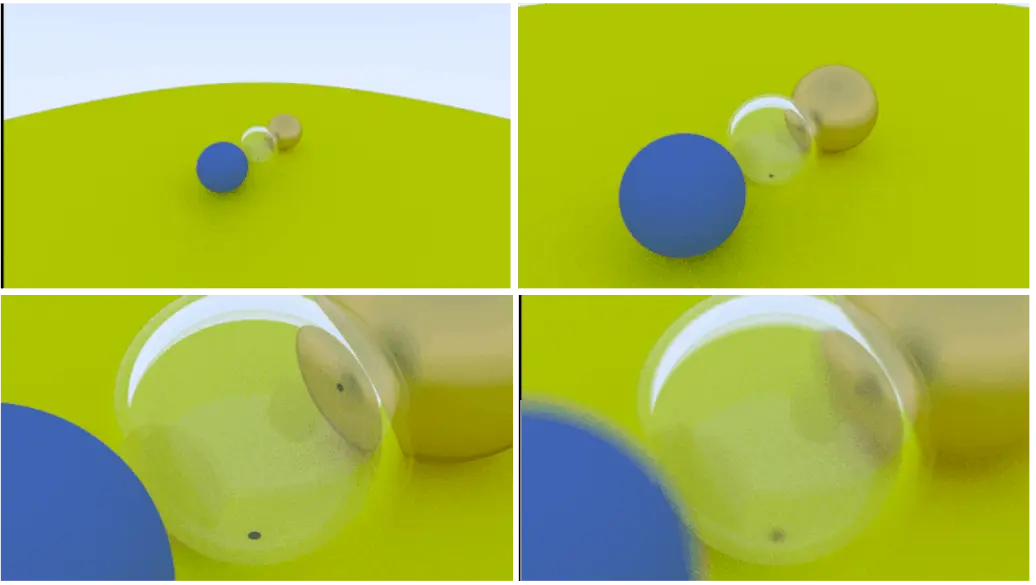Work Done
The project unfolds in a systematic manner, progressing through key stages of raytracer development:
Camera 3D Rays: A crucial aspect of any raytracer, the camera is implemented to emit rays into the scene, capturing the perspective of the virtual world and updating pixel values accordingly.
Intersection with Sphere: Basic geometry computations enable the determination of ray-sphere intersections, laying the foundation for rendering objects in the scene.
Object Normals: With intersection points established, the calculation of surface normals allows for realistic shading and illumination of objects.
Antialiasing: To combat jagged edges and improve image quality, antialiasing techniques are implemented, smoothing out pixel boundaries through random sampling.
Diffuse Material: The introduction of basic material properties allows for the simulation of light scattering and reflections, enhancing the realism of rendered scenes.
Gloss Material: Building upon diffuse materials, a gloss material with adjustable fuzziness adds complexity to surface reflections, simulating materials like metal.
Refraction Material: Advancing further, the project explores the intricacies of refraction, implementing Snell's law to simulate the behavior of light passing through transparent objects.
Adjustable Camera: Finally, the camera's parameters are fine-tuned, experimenting with focal lengths, perspectives, and positioning within the scene to achieve desired compositions.



